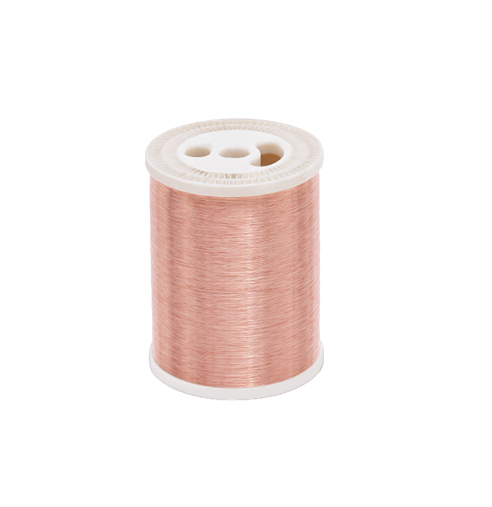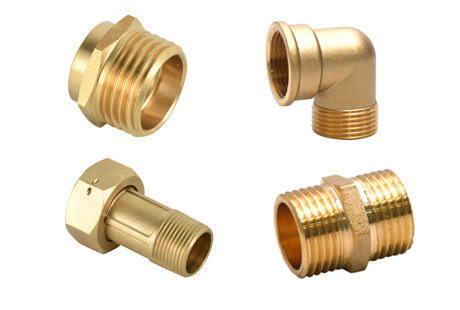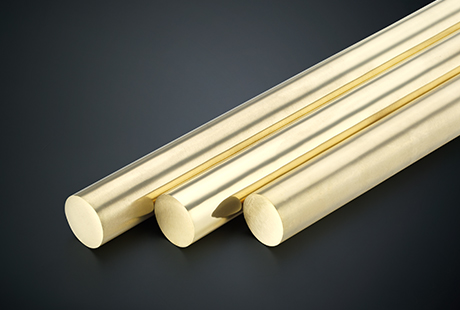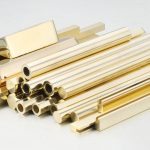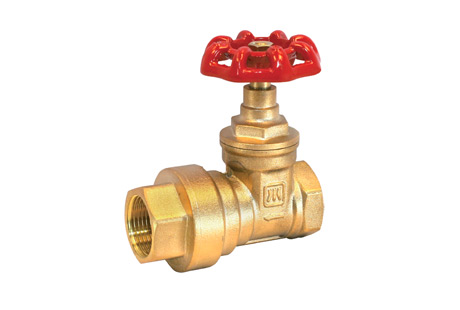When we think about the magic of music, we often imagine the artists, the melodies, and the instruments that bring those melodies to life. However, there's a hidden hero behind the scenes in the world of musical instrument manufacturing – leaded brass rods. These unassuming components play a crucial role in creating the instruments that have enchanted us for centuries. In this article, we'll delve into the world of musical instrument manufacturing and discover how leaded brass rods contribute to the creation of these melodic masterpieces.
The Role of Leaded Brass in Musical Instruments
Leaded brass, a type of brass alloy, has unique properties that make it a preferred choice for many components in musical instruments. Its blend of copper, zinc, and a small amount of lead offers excellent machinability, corrosion resistance, and acoustic properties. These characteristics are essential for crafting instruments that produce beautiful, harmonious sounds.
Precision Machining for Optimal Sound
One of the primary applications of leaded brass rods in musical instrument manufacturing is in the machining of critical components. Instruments like trumpets, saxophones, and trombones rely on precisely crafted valves and slides to produce specific notes and tones. Leaded brass, with its machinability, allows for intricate and accurate production, ensuring that these components perform flawlessly.
Enhanced Resonance and Tone
Leaded brass also plays a pivotal role in wind instruments such as flutes and clarinets. The construction of the body and key mechanisms requires materials that resonate and transmit sound effectively. Leaded brass, with its unique acoustic properties, helps produce a warm and rich tone that musicians and audiences cherish.
Durability and Longevity
In the world of percussion instruments, like drums and cymbals, durability is of utmost importance. Leaded brass rods are often used in the construction of mounts, brackets, and various hardware components. Their corrosion resistance ensures that these elements remain in optimal condition, even under heavy use and exposure to the elements.
Maintenance and Repairs
Leaded brass rods also come to the rescue when it's time for maintenance and repairs. Whether it's restoring a vintage saxophone or fixing a trumpet's valve, the machinability of leaded brass makes it an ideal material for crafting replacement parts. Musicians and instrument technicians rely on these components to keep their instruments in peak condition.
In conclusion, while musicians and their instruments take center stage, it's crucial to recognize the unsung hero – leaded brass rods. These unassuming components silently contribute to the world of musical instrument manufacturing, helping to create instruments that delight our ears and touch our hearts. So, the next time you enjoy a beautiful musical performance, remember the role of leaded brass in making it all possible.

 English
English 日本語
日本語 한국어
한국어 français
français Deutsch
Deutsch Español
Español italiano
italiano العربية
العربية tiếng việt
tiếng việt Türkçe
Türkçe ไทย
ไทย 中文
中文
